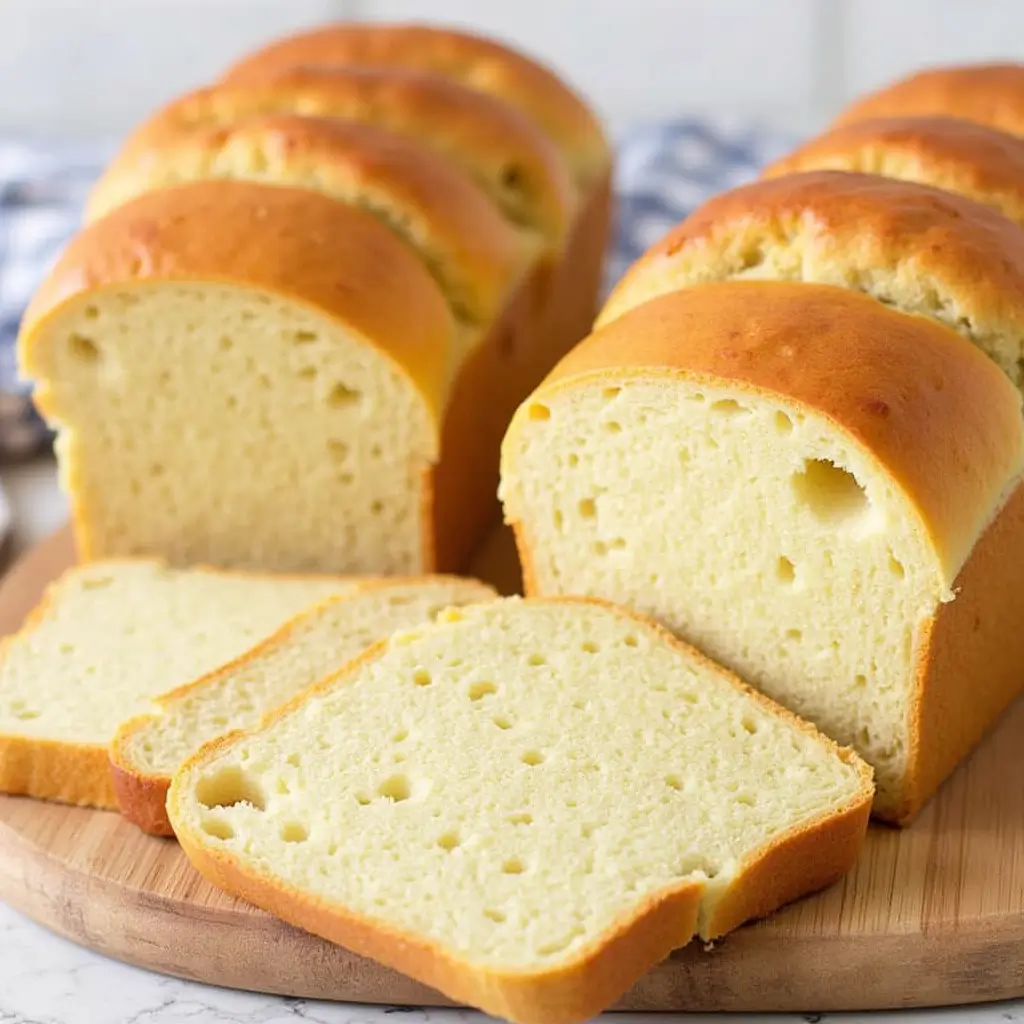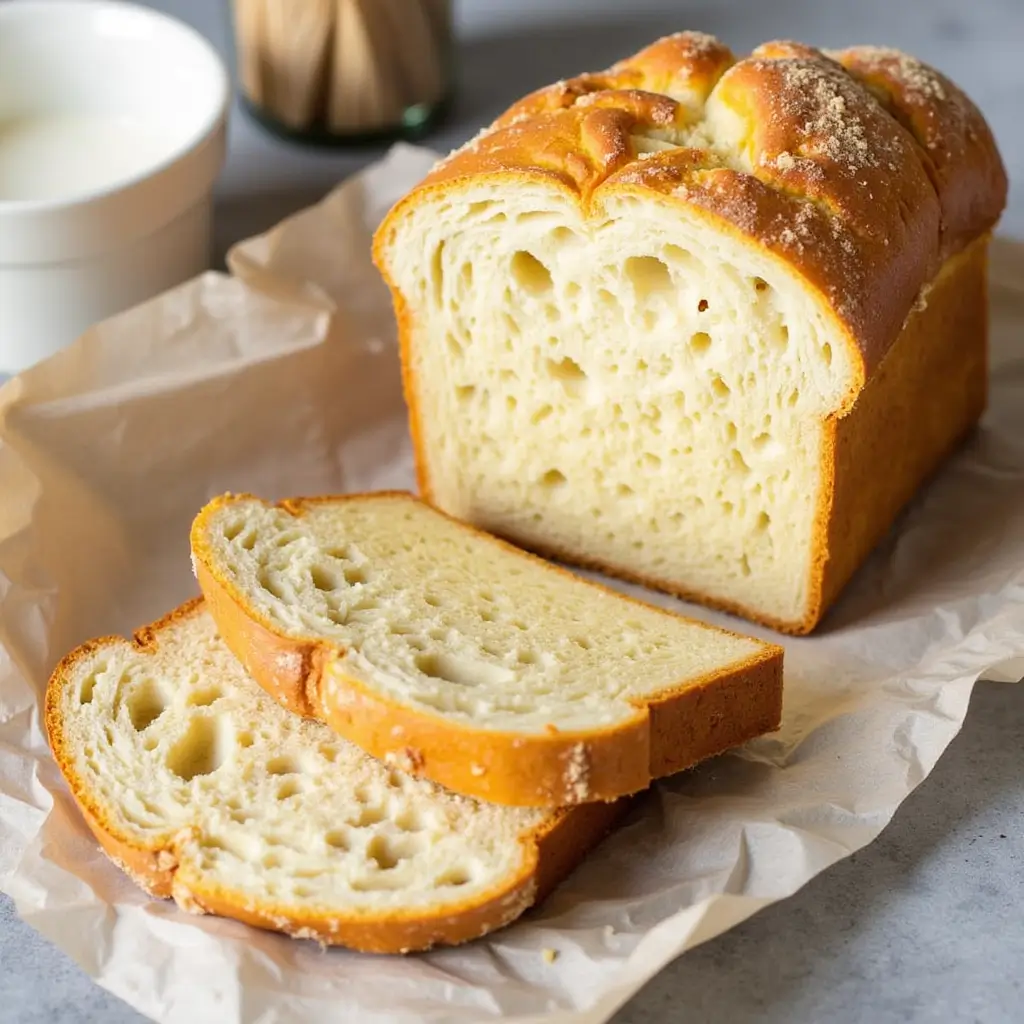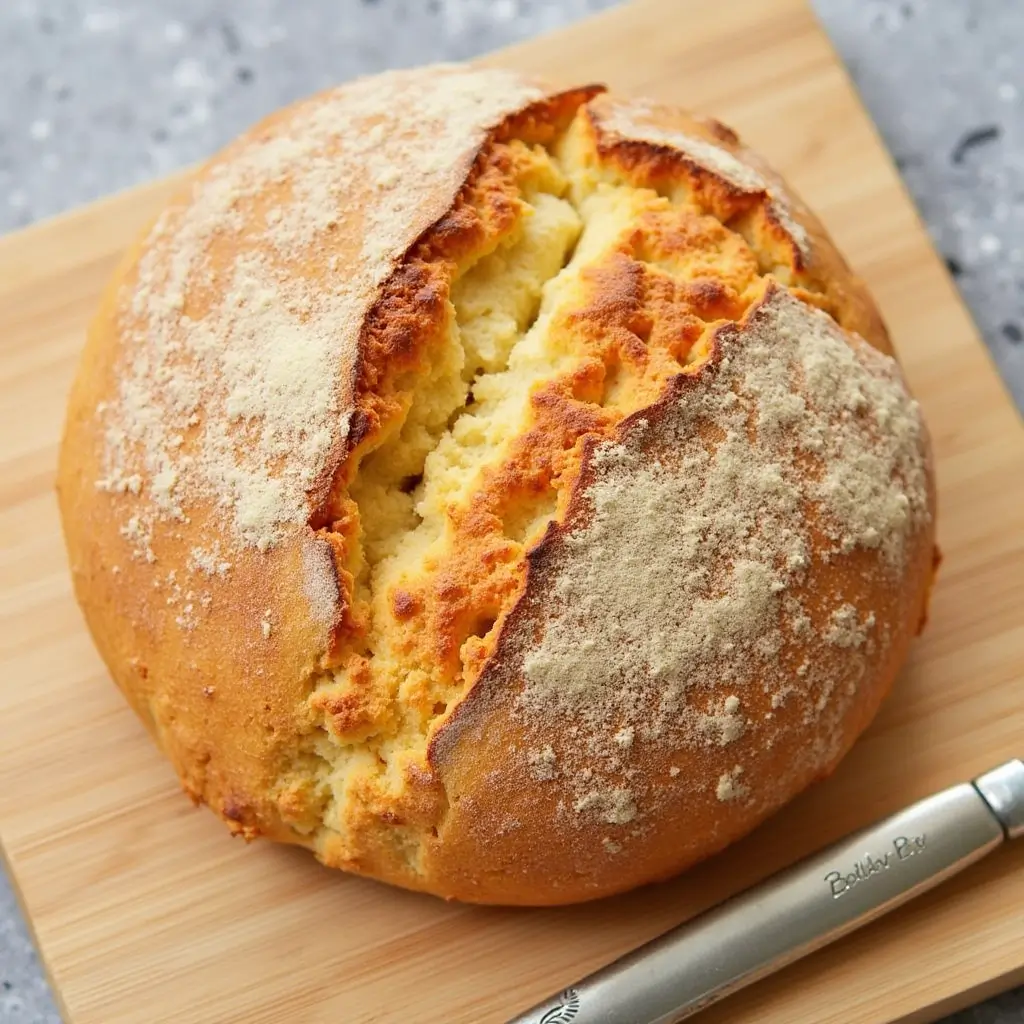How to Make Italian Bread Recipe in 5 Steps
There’s something truly magical about the aroma of freshly baked bread wafting through your home. It’s a scent that evokes warmth, comfort, and the simple joys of homemade goodness. Italian bread, with its crispy crust and soft, airy interior, is a staple in many households and a delight to bake. Whether you’re a seasoned baker or a novice in the kitchen, this guide will walk you through the steps to make the best Italian bread recipe. Let’s dive in and create a loaf that will impress your family and friends.
Table of Contents
Why Italian Bread is a Must-Try
Italian bread is more than just a side dish; it’s a culinary experience that combines tradition, flavor, and versatility. Here’s why you should give this recipe a try:
Rich History and Tradition
- Ancient Origins: Italian bread has a rich history dating back to ancient Roman times. It has evolved over centuries, incorporating regional flavors and techniques.
- Cultural Significance: Bread is a staple in Italian cuisine, often served with meals and used in various dishes like bruschetta and panzanella.
Unique Flavor and Texture
- Crispy Crust: The hallmark of Italian bread is its crispy, golden crust, which adds a delightful crunch to every bite.
- Soft Interior: The inside of the bread is soft and airy, with a delicate crumb that melts in your mouth.
Ingredients for the Best Italian Bread Recipe
To create the best Italian bread, you’ll need the following ingredients:
| Ingredient | Quantity |
|---|---|
| All-purpose flour | 4 cups |
| Active dry yeast | 2 1/4 tsp |
| Warm water | 1 1/2 cups |
| Salt | 2 tsp |
| Sugar | 1 tbsp |
| Olive oil | 2 tbsp |
| Cornmeal (optional, for dusting) | 1/4 cup |
Substitutions and Additions
Feel free to customize your Italian bread by adding or substituting ingredients. For example, you can use whole wheat flour for a healthier option or add herbs like rosemary or thyme for extra flavor.
How to Make the Best Italian Bread Recipe in 5 Steps
Follow these simple steps to create the perfect Italian bread:
Step 1: Activate the Yeast
- Combine Yeast and Water: In a small bowl, mix the warm water, sugar, and yeast. Let it sit for 5-10 minutes until the mixture becomes frothy.
- Check for Activity: If the yeast does not foam, it may be inactive, and you should start with a new packet.
Step 2: Prepare the Dough
- Mix Dry Ingredients: In a large bowl, combine the flour and salt.
- Add Wet Ingredients: Pour the yeast mixture and olive oil into the dry ingredients. Mix well until a soft dough forms.
- Knead the Dough: Turn the dough out onto a lightly floured surface and knead for about 10 minutes until smooth and elastic.
Step 3: First Rise
- Shape the Dough: Form the dough into a ball and place it in a greased bowl.
- Cover and Let Rise: Cover the bowl with a clean towel and let it rise in a warm place for about 1-2 hours, or until doubled in size.
Step 4: Shape the Bread
- Punch Down the Dough: Deflate the dough by punching it down gently.
- Form the Loaf: Shape the dough into your desired loaf shape and place it on a baking sheet dusted with cornmeal.
- Second Rise: Cover the loaf with a clean towel and let it rise for another 30-45 minutes.
Step 5: Bake the Bread
- Preheat the Oven: Preheat your oven to 425°F (220°C).
- Score the Bread: Make a few slashes on the top of the loaf with a sharp knife.
- Bake: Place the baking sheet in the oven and bake for 25-30 minutes, or until the crust is golden brown and the bread sounds hollow when tapped.
- Cool the Bread: Transfer the bread to a wire rack to cool completely before slicing.

Tips for Perfecting Your Italian Bread
To ensure your Italian bread turns out perfectly every time, follow these tips:
Ensuring a Crispy Crust
- Use a Baking Stone: Placing a baking stone in the oven can help distribute heat evenly and create a crispier crust.
- Steam in the Oven: Adding a pan of water to the oven can create steam, which helps develop a crispy crust.
Achieving the Perfect Texture
- Avoid Over-Kneading: Be careful not to over-knead the dough, as this can result in a dense bread.
- Proof Properly: Allow the dough to rise in a warm, draft-free place to ensure it doubles in size.
Serving Suggestions for Italian Bread
Italian bread is delicious on its own, but it can be even better when paired with the right accompaniments. Here are some serving suggestions:
Classic Pairings
- Olive Oil and Balsamic Vinegar: Drizzle some olive oil and balsamic vinegar over a slice for a simple, flavorful treat.
- Garlic Butter: Spread some garlic butter on a warm slice for a rich, savory flavor.
- Tomato and Basil: Top your bread with fresh tomatoes, basil, and a drizzle of olive oil for a classic bruschetta.
Creative Twists
- Caprese: Layer slices of fresh mozzarella, tomatoes, and basil on top of the bread for a Caprese-inspired snack.
- Pesto and Cheese: Spread some pesto on the bread and top it with slices of provolone cheese for a melty, herbaceous delight.
- Prosciutto and Melon: Wrap slices of prosciutto and melon around the bread for a sweet and savory combination.
The History of Italian Bread
Italian bread has a rich history that spans centuries, with each region of Italy contributing its unique flavors and techniques. From the rustic loaves of Tuscany to the soft, airy bread of Liguria, Italian bread is a testament to the country’s culinary diversity.
Regional Variations
- Tuscan Bread (Pane Toscano): Known for its dense, chewy texture and lack of salt, Tuscan bread is a staple in the region.
- Ciabatta: Originating from Liguria, ciabatta is a flat, elongated bread with a soft, porous interior, perfect for sandwiches.
- Focaccia: A flat oven-baked bread similar to pizza dough, focaccia is often topped with herbs, olive oil, and salt.
The Benefits of Making Your Own Italian Bread
Baking your own Italian bread at home offers several benefits that make it a rewarding experience:
Nutritional Control
- Healthier Ingredients: You can control the ingredients, opting for healthier options like whole wheat flour or reducing salt and sugar.
- No Preservatives: Homemade bread is free from preservatives and additives commonly found in store-bought bread.
Cost-Effective
- Save Money: Making your own bread can be more cost-effective than buying it from a bakery or store.
- Bulk Baking: You can bake in bulk and freeze portions for later use, saving time and money.
Personal Satisfaction
- Sense of Accomplishment: There’s a deep sense of satisfaction in creating something from scratch and enjoying the fruits of your labor.
- Customization: You can experiment with different flavors, shapes, and sizes to suit your preferences.
Variations and Add-Ins for Italian Bread
While the classic Italian bread recipe is delicious on its own, there are countless variations and add-ins you can try to make it your own. Here are some ideas:
Herb and Spice Variations
- Rosemary Italian Bread: Add 2 tablespoons of fresh rosemary to the dough for a fragrant, herbaceous flavor.
- Garlic Italian Bread: Mix in 1 tablespoon of minced garlic for a savory, aromatic twist.
- Olive Italian Bread: Incorporate 1/2 cup of chopped olives for a tangy, briny flavor.
Cheese Variations
- Parmesan Italian Bread: Add 1/2 cup of grated Parmesan cheese to the dough for a rich, nutty flavor.
- Cheddar Italian Bread: Mix in 1/2 cup of shredded cheddar cheese for a sharp, savory taste.
- Gorgonzola Italian Bread: Incorporate 1/2 cup of crumbled Gorgonzola cheese for a bold, creamy flavor.
Sweet Variations
- Raisin Italian Bread: Add 1/2 cup of raisins to the dough for a sweet, chewy texture.
- Cinnamon Italian Bread: Mix in 1 tablespoon of cinnamon for a warm, spicy flavor.
- Chocolate Chip Italian Bread: Incorporate 1/2 cup of chocolate chips for a sweet, indulgent treat.
Troubleshooting Common Issues
Even with the best intentions, things can sometimes go wrong in the kitchen. Here are some common issues you might encounter when making Italian bread and how to troubleshoot them:
Dense Bread
- Cause: Over-kneading or not allowing the dough to rise properly can result in dense bread.
- Solution: Be careful not to over-knead the dough, and make sure to let it rise in a warm place until doubled in size.
Undercooked Bread
- Cause: Not baking the bread long enough can result in an undercooked center.
- Solution: Ensure the bread is golden brown and sounds hollow when tapped. You can also insert a thermometer into the center of the loaf; it should read around 190°F (88°C).
Burnt Crust
- Cause: Baking the bread at too high a temperature can result in a burnt crust.
- Solution: Preheat your oven to the correct temperature and use an oven thermometer to ensure accuracy.

Frequently Asked Questions (FAQ)
How long can I store Italian bread?
Italian bread can be stored in an airtight container at room temperature for up to 3 days or in the refrigerator for up to 1 week. For longer storage, you can freeze individual slices for up to 3 months.
Can I use a bread machine for this Italian bread recipe?
Yes, you can use a bread machine to simplify the process. Follow the manufacturer’s instructions for adding ingredients and select the appropriate setting for a basic white bread cycle.
What can I do if my Italian bread is too dense?
If your Italian bread is too dense, it may be due to over-kneading or not allowing the dough to rise properly. Make sure to knead the dough just until smooth and elastic, and allow it to rise in a warm place until doubled in size.
Can I add herbs or spices to the dough?
Yes, you can add herbs like rosemary, thyme, or oregano to the dough for extra flavor. You can also incorporate spices like garlic powder or onion powder for a savory twist.
How do I know when the Italian bread is done baking?
The Italian bread is done baking when the crust is golden brown and the bread sounds hollow when tapped. You can also insert a thermometer into the center of the loaf; it should read around 190°F (88°C).
Conclusion
Italian bread is more than just a staple; it’s a culinary journey that combines tradition, flavor, and the joy of homemade goodness. With this Italian bread recipe, you can create a loaf that will impress your family and friends. So, grab your ingredients, follow these steps, and indulge in a slice of homemade perfection. Don’t forget to share your culinary adventures with us. We’d love to hear how your Italian bread turned out and what creative twists you added to make it your own. Happy baking!
Looking for more inspiring bread recipes?
Have you given our recipe a try ?
There are no reviews yet. Be the first one to write one.

